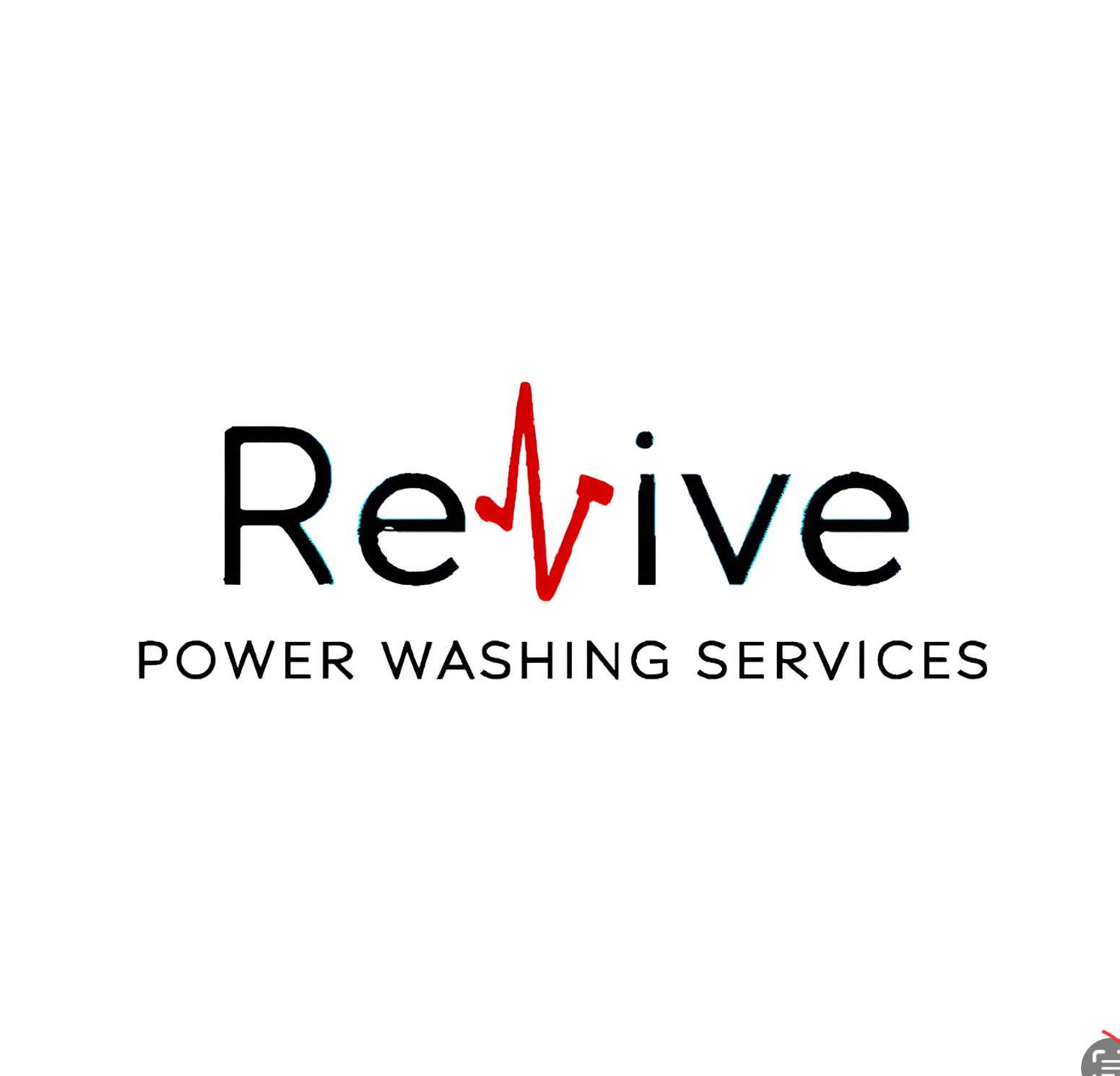The Environmental Impact of Pressure Washing: Myths vs. Facts
Understanding Pressure Washing and Its Environmental Impact
Pressure washing is a popular method for cleaning various surfaces, from driveways to building exteriors. However, there are concerns about its environmental impact. Some believe that pressure washing is harmful to the environment, while others argue it is a necessary tool for maintenance. In this post, we will explore common myths and facts surrounding the environmental impact of pressure washing.

Myth: Pressure Washing Wastes Water
One of the most common misconceptions about pressure washing is that it wastes a significant amount of water. While it is true that pressure washing uses water, it is often more efficient than traditional cleaning methods. A pressure washer uses a high-pressure stream of water to remove dirt, grime, and other debris, which can actually reduce the amount of water needed for cleaning.
In fact, many modern pressure washers are designed to be water-efficient. They use less water than a garden hose and can clean surfaces more quickly, which further reduces water usage. To further minimize water waste, it is important to use pressure washers responsibly and only when necessary.
Fact: Pressure Washing Can Contribute to Pollution
While pressure washing is efficient in terms of water usage, it can contribute to pollution if not done properly. The high-pressure water stream can dislodge contaminants such as oil, grease, and chemicals from surfaces, which can then flow into storm drains and local waterways. This can have a negative impact on aquatic ecosystems and water quality.

To mitigate this risk, it is crucial to use environmentally friendly cleaning solutions and to capture and dispose of wastewater properly. Some pressure washing services offer solutions to contain and treat wastewater to prevent pollution.
Myth: Pressure Washing Damages Surfaces
Another myth about pressure washing is that it can damage surfaces. While it is true that improper use of a pressure washer can cause damage, when used correctly, pressure washing is safe for most surfaces. The key is to use the appropriate pressure setting and nozzle for the material being cleaned.
For example, softer surfaces like wood or painted areas require lower pressure settings, while harder surfaces like concrete can withstand higher pressures. It is always recommended to test a small, inconspicuous area before proceeding with the entire cleaning project.
Fact: Pressure Washing Reduces the Need for Harmful Chemicals
One of the significant environmental benefits of pressure washing is its ability to clean effectively without the need for harsh chemicals. The force of the water alone can remove dirt, mold, and mildew, reducing the reliance on chemical cleaners that can be harmful to the environment.

When chemicals are necessary, many pressure washing services now offer biodegradable and eco-friendly options. These alternatives are less harmful to the environment and still provide excellent cleaning results.
Conclusion: Responsible Pressure Washing Practices
In conclusion, pressure washing can be an environmentally friendly cleaning method when used responsibly. By choosing water-efficient equipment, using eco-friendly cleaning solutions, and properly managing wastewater, the potential negative impacts on the environment can be minimized.
It is important for both homeowners and professionals to stay informed about best practices and to continually seek ways to reduce the environmental footprint of pressure washing. By dispelling myths and understanding the facts, we can ensure this valuable cleaning method is used sustainably.
